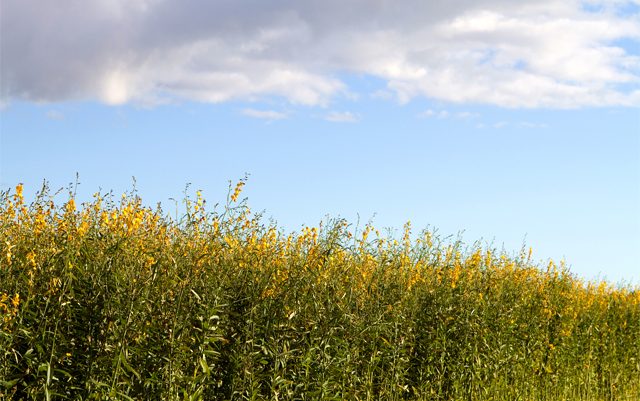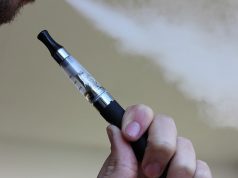Kenaf is a common source for tree-free paper. The scientific name is Hibiscus cannabinus and it is also known as jute or Deccan hemp. Hemp is a member of the Cannabis sativa species and the two plants are not related.
Ford Motor Company and BMW are implementing kenaf in the manufacturing of automobile bodies to reduce the weight of door bolsters by 25%. While being able to report that a natural-based component is being implemented, a large amount of chemical-based resin is necessary in the production.
Hemp, on the other hand, is more diverse in serving as a sustainable product. Plant based resins from soy, canola or corn are used so that a 100% biocomposite is feasible. The same lightweight structure is accomplished, but the overall structure is greener and stronger.
Kenaf, like cotton, is intolerable to cold weather. Hemp requires the same atmospheric conditions as corn, providing a wider range of crop planting.
According to visionpaper.com:
Kenaf cannot run wild across the country like a weed, because in almost all parts of the U.S., kenaf seeds cannot mature.
Both plants have specific noted value as natural alternatives. Kenaf has softwood fibers of a high quality commonly used in commercial scale paper production. Hemp bast fiber is much longer and stronger, making it commonly used in textiles and rope making.
Both hemp and kenaf can make a significant difference in future materials. However, realizing the difference is important in how they can best be utilized.
SOURCES:
http://www.sciencedirect.com/science/article/pii/S0926669013005657
http://www.visionpaper.com/kenaf2.html
http://www.visionpaper.com/PDF_speeches_papers/Rymkenafhemp.pdf







The reason kenaf can’t run wild across America is that when the first frost occurres wherever kenaf is planted, that frost kills the plant. While this doesn’t affect the plants usefulness for its fiber and core (both used for a variety of products), it does kill the plant before it goes to seed. Thus no seeds for next year unless the kenaf is grown in places like Florida. Hemp on the other hand doesn’t have that problem and unlike kenaf – hemp can make about 25,000 times more products then kenaf can ?.
Thanks Kathy for a mostly accurate comparison of kenaf and hemp. Before I go any further, let me say that I am a strong supporter of the legalization of recreational marijuana (medical also) and further support industrial hemp as a right of farmers, although I do not see a miraculous upside to the crop that some others profess.
When you say “Hemp, on the other hand, is more diverse in serving as a sustainable product. Plant based resins from soy, canola or corn are used so that a 100% biocomposite is feasible. The same lightweight structure is accomplished, but the overall structure is greener and stronger.” I think you should be fair and say that those same resins can be used with kenaf.
In regards to the seed issue, hemp’s prolific seed production indicates a high potential to become an invasive plant. It is called weed for a reason. Industrial hemp seed, which produces only a tiny amount of THC is costly and heavily controlled (read monopoly) – that has to change.
And finally, kenaf bast and core and seed can produce hundreds of products – and hemp can produce hundreds of products – but hemp can not produce 25,000 times more products than kenaf, and that statement by Bruce Perlowin is an absurd exaggeration. Additionally, just because a product can be made from either kenaf or hemp does not mean it is either economically or environmentally sensible to do so.